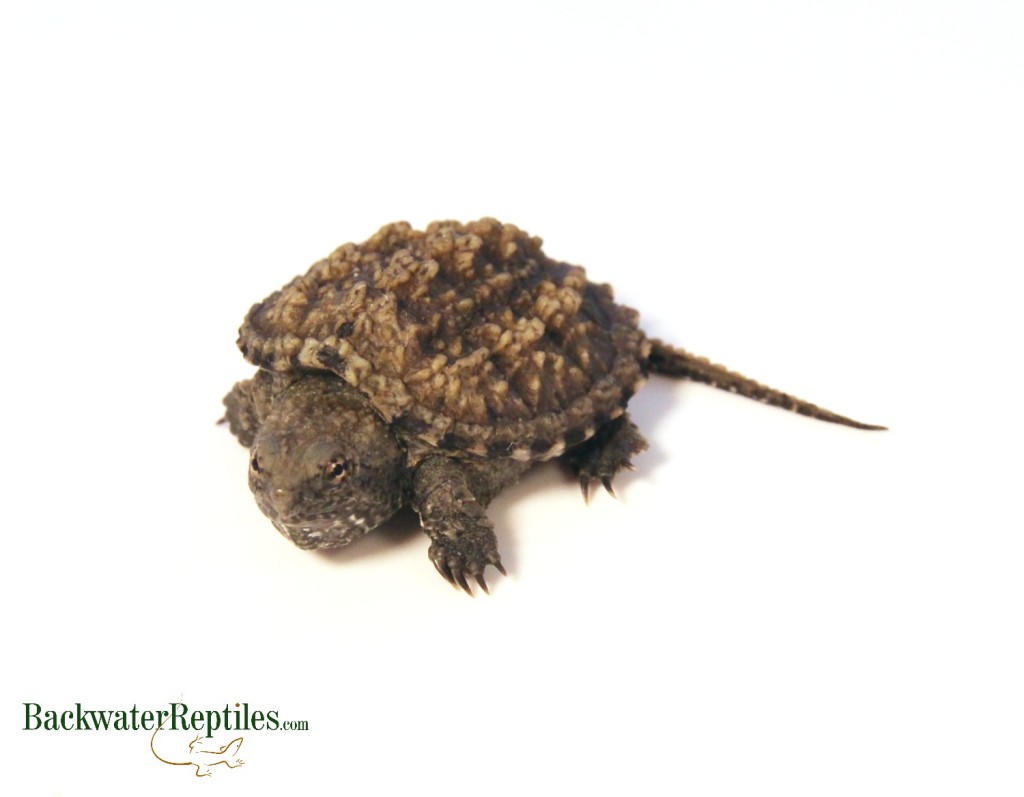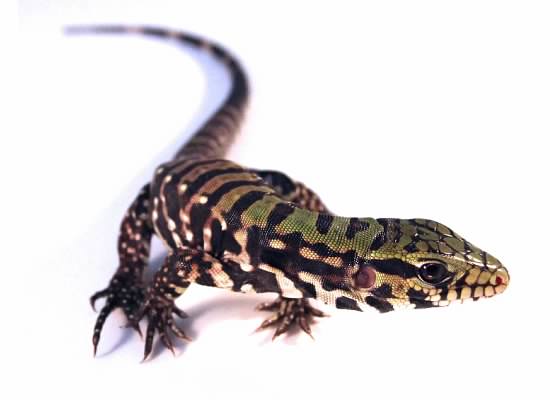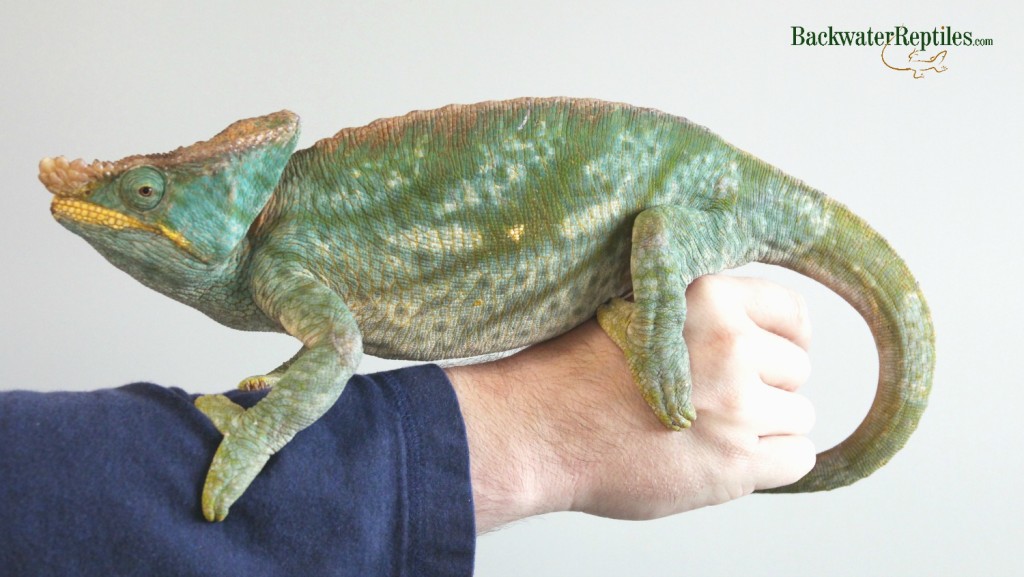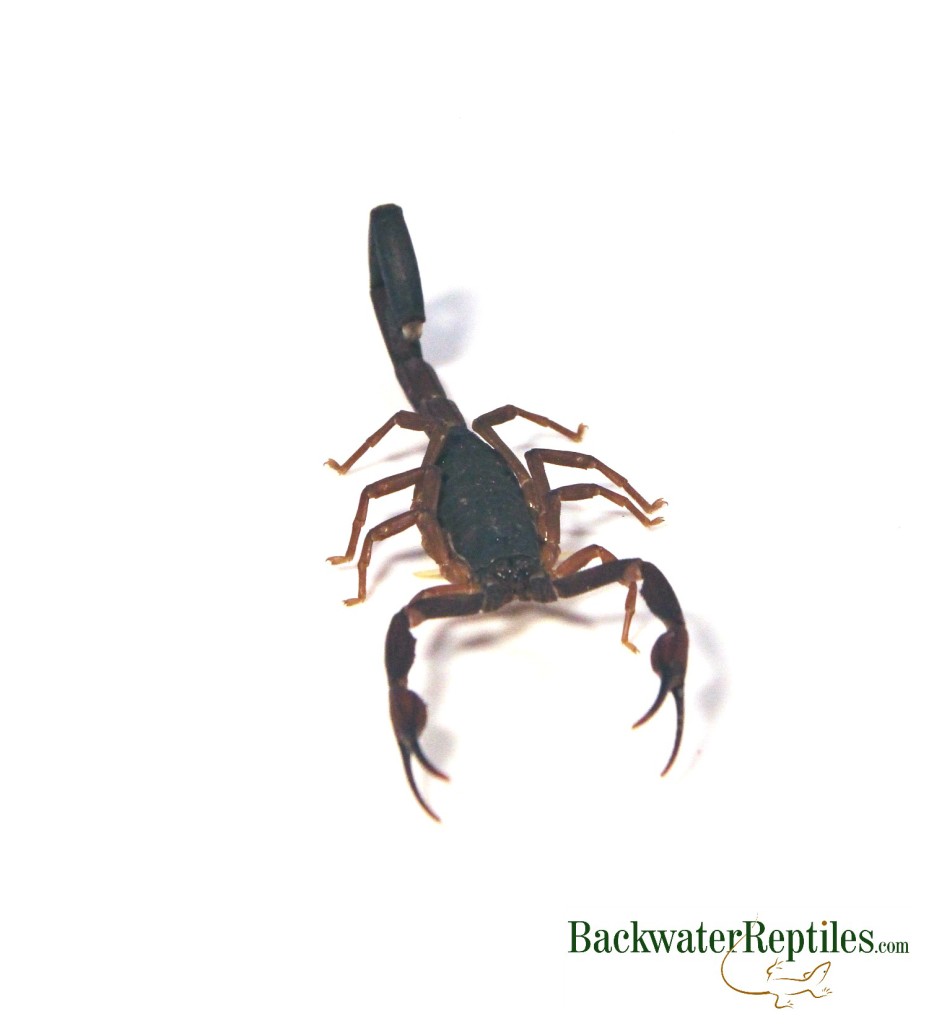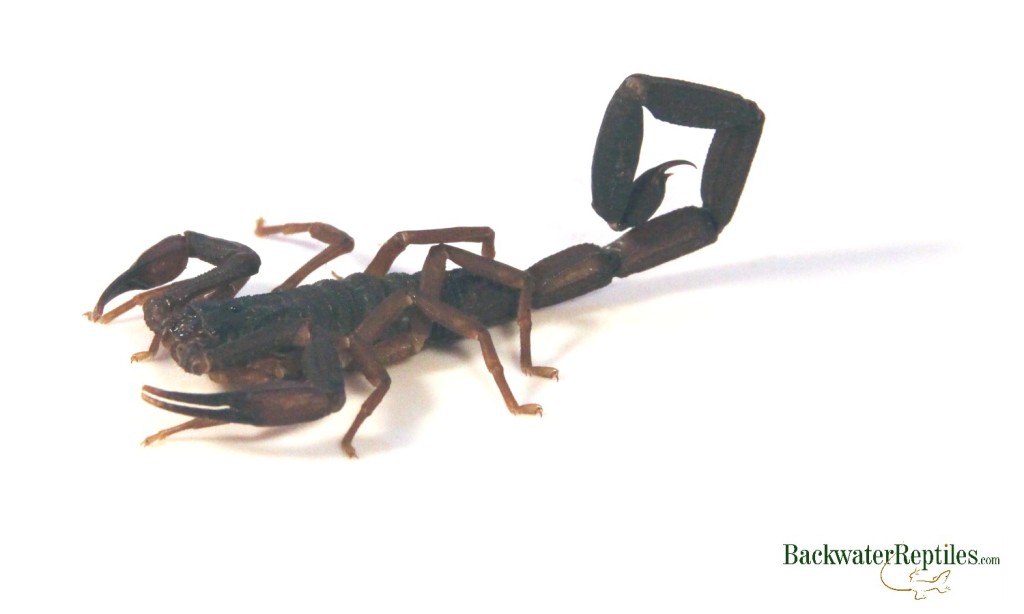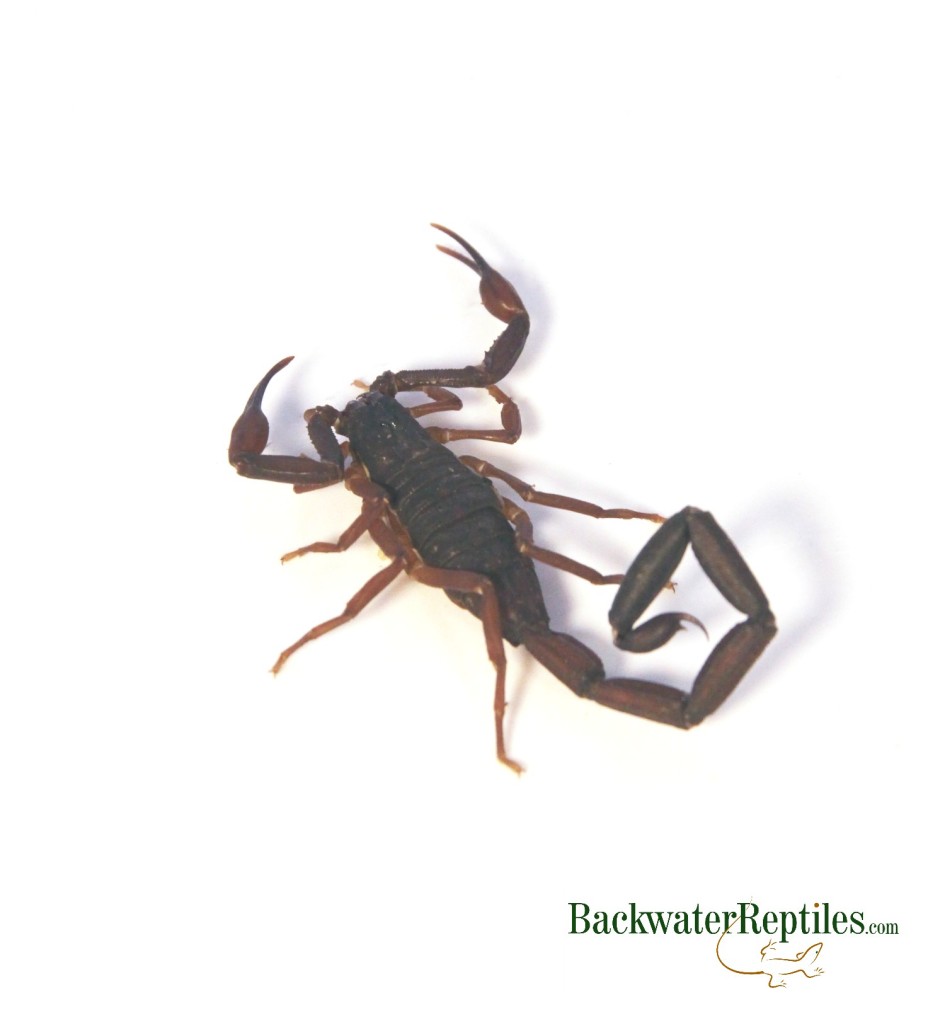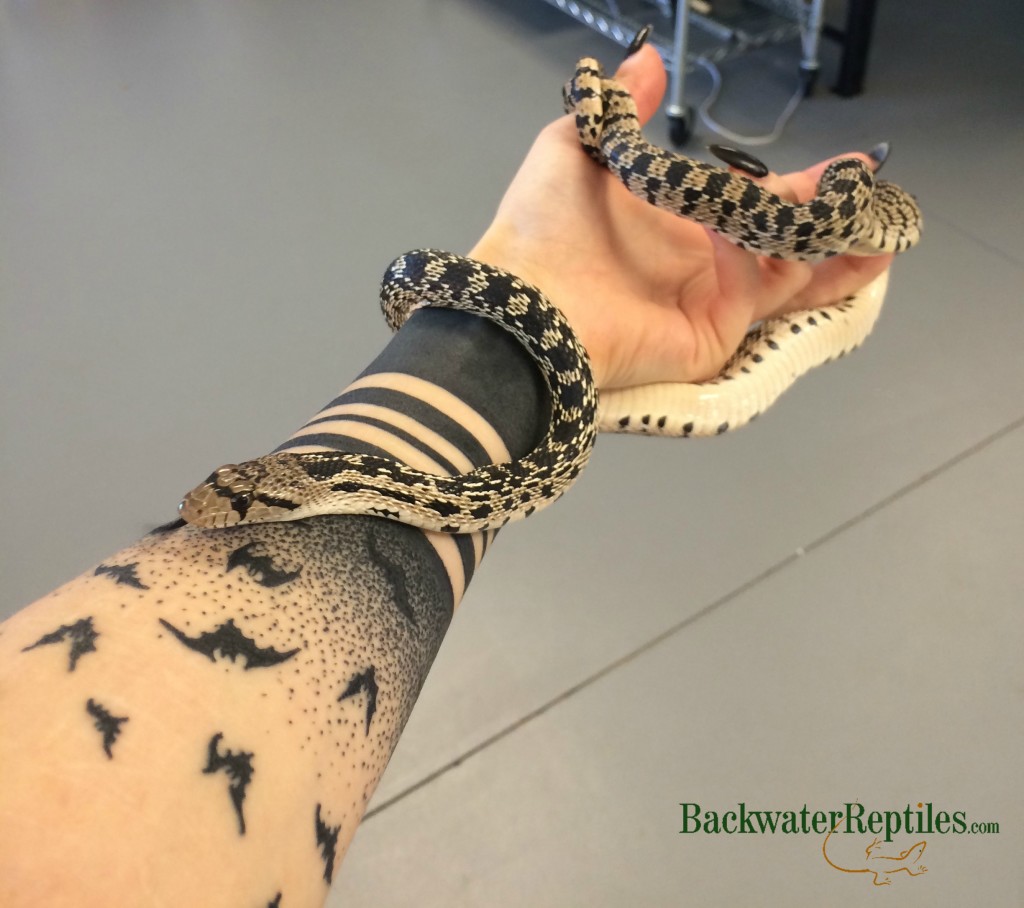Backwater Reptiles is based out of California and we experience many climates. We’ve got dry deserts, brisk coasts, and even mountains. This means that we’re lucky enough to have many different species of reptiles thriving in our own backyards!
In this blog article, we’ll tell you a little about some of the most commonly found wild reptiles we see in the Golden State.
California King Snake (Lampropeltis g. californiae)
In addition to being widespread in the wild throughout the state of California as their name suggests, California king snakes are also extremely popular pets in captivity.
Cal Kings can actually be found all along the west coast of North America. They are very adaptable and live in all types of habitats – woodland chaparral, grassland, deserts, marshes, and even developed suburban areas.
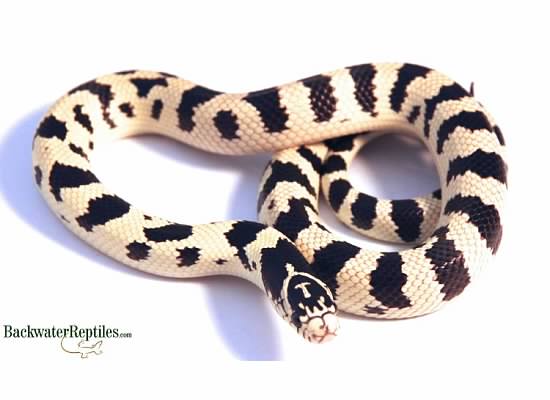
They have a habit of rattling their tail, coiling their bodies, and hissing when they feel threatened in an attempt to mimic their much more dangerous cousin, the rattlesnake. However, it should be noted that if you find a Cal King in the wild and are able to pick it up and handle it, these snakes are not venomous or dangerous to people. The worst that could happen to you is the snake might defecate on you or you could get a small bite.
Side Blotched Lizard (Uta stansburiana)
The common side blotched lizard is found all along the Pacific coast of North America. They are small lizards that typically don’t surpass two and half inches long. Males are larger than females.
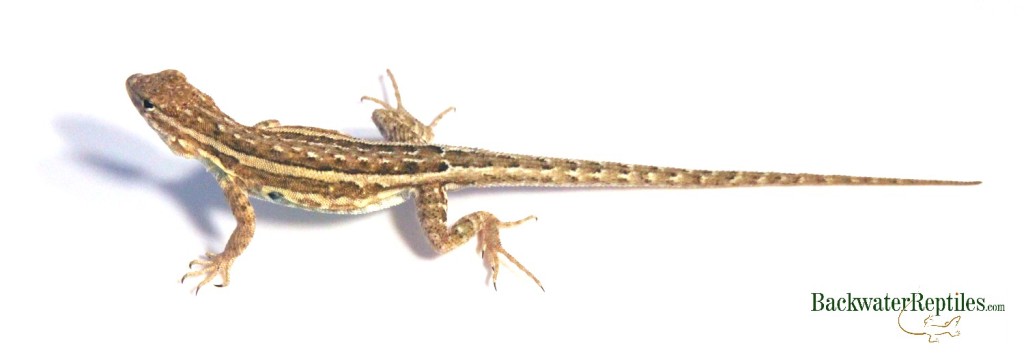
There are three distinct wild morphs of side blotched lizards. Each lizard has a different color throat (yellow, orange, or blue) and actually behaves differently when it comes to mating strategies. But one thing all three morphs have in common is a mark, blotch, or dot on their torso behind their forearms. This mark is what gives the lizard its common name and also helps identify it in the wild.
Side blotched lizards are really interesting to observe in the wild and do make good pets. However, be warned that they are small lizards and have relatively short life spans. They also don’t enjoy being held as they are prey for many predators in the wild, so it may take lots of handling to tame one as a pet.
Red Eared Slider Turtle (Trachemys s. elegans)
Let us preface this section by stating that although red eared slider turtles are now commonly seen in ponds and lakes throughout California, they are not endemic to the state. In fact, they are actually considered invasive as they compete with native turtles for food and basking spots.
Red eared sliders are very adaptive and can thrive in any body of water ranging from a river to a pond in your backyard. They are opportunistic omnivores and will eat decaying organic matter whether it’s protein-based or plant-based.
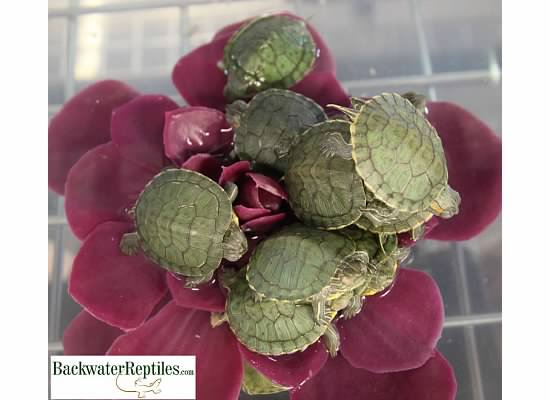
While they make fantastic pets, many of the sliders found in the wild in California are actually pets that have been released into local ponds, canals, or estuaries when they are no longer wanted. If you own a red eared slider, please be a responsible pet owner and re-home your turtle appropriately if you can no longer care for it.
Western Fence Lizard (Sceloporus occidentalis)
Western fence lizards are extremely common not only in California, but also in Nevada, Oregon, Arizona, Idaho, Utah, Washington, and Northern Mexico. Many people refer to them as “blue bellies” due to the bold blue coloring on their throats and tummies.
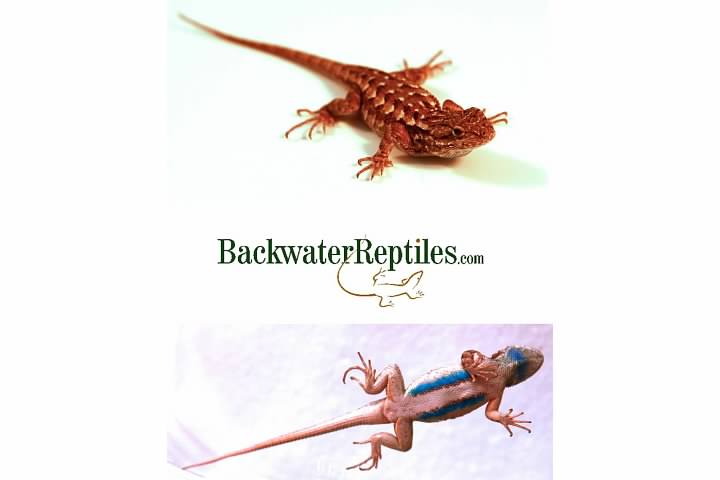
Western fence lizards are very common throughout all areas of California. They inhabit chaparral, grasslands, sage brush, woodland, forests, farmland, and surprisingly, even suburban areas. In fact, if you live in a sunny area of California, it’s not uncommon to find a blue belly basking in your yard or scuttling underfoot if you cross their path.
Gopher Snake (Pituophis catenifer)
Gopher snakes are very commonly found throughout much of North America and any California herp enthusiast has probably caught or encountered a wild one at some point in his or her life. This snake’s broad range is a testament to its adaptability, hardiness, and overall survival skills.
Although most California natives can probably find a gopher snake in their backyard or within an hour’s distance of their backyard, if you want one for a pet, we always recommend purchasing a captive bred animal. They generally don’t have any parasites, are more docile, and have grown accustomed to a captive life style.
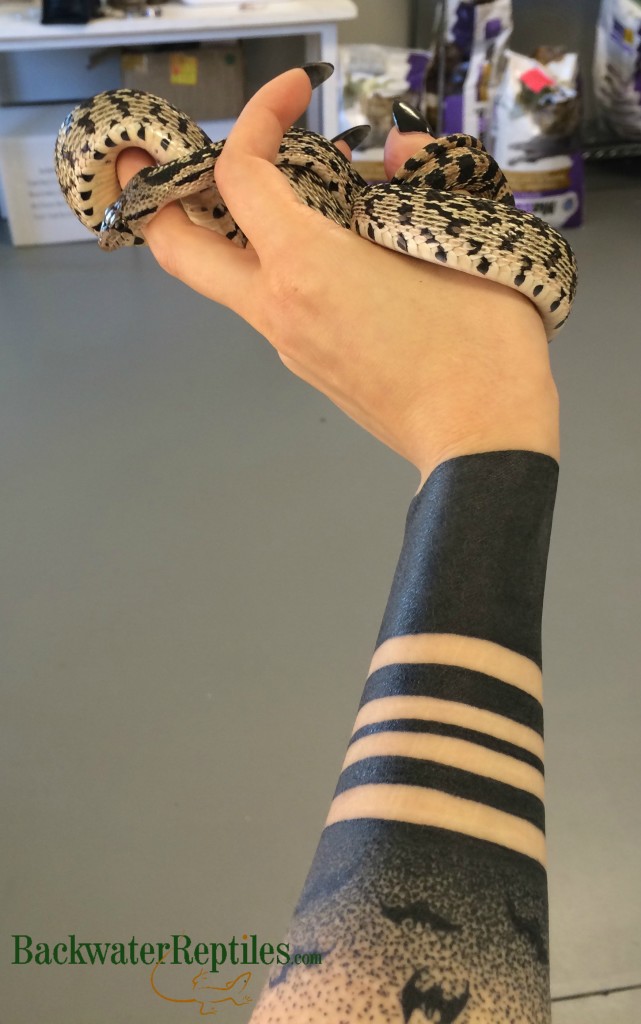
Gophers have simple care requirements. Virtually any type of substrate will suit them, although we prefer aspen snake bedding. Provide more horizontal floor space than vertical climbing space, a few hiding spots, and a water dish, and your gopher snake should thrive. It’s not even necessary to provide any special UV lighting, although we always use one just to help regulate the temperature and provide day/night cycles.
Conclusion
All of the species listed above are very commonly found throughout the state of California. We’d even wager that most California natives will or have already come in contact with three out of the five species listed.



